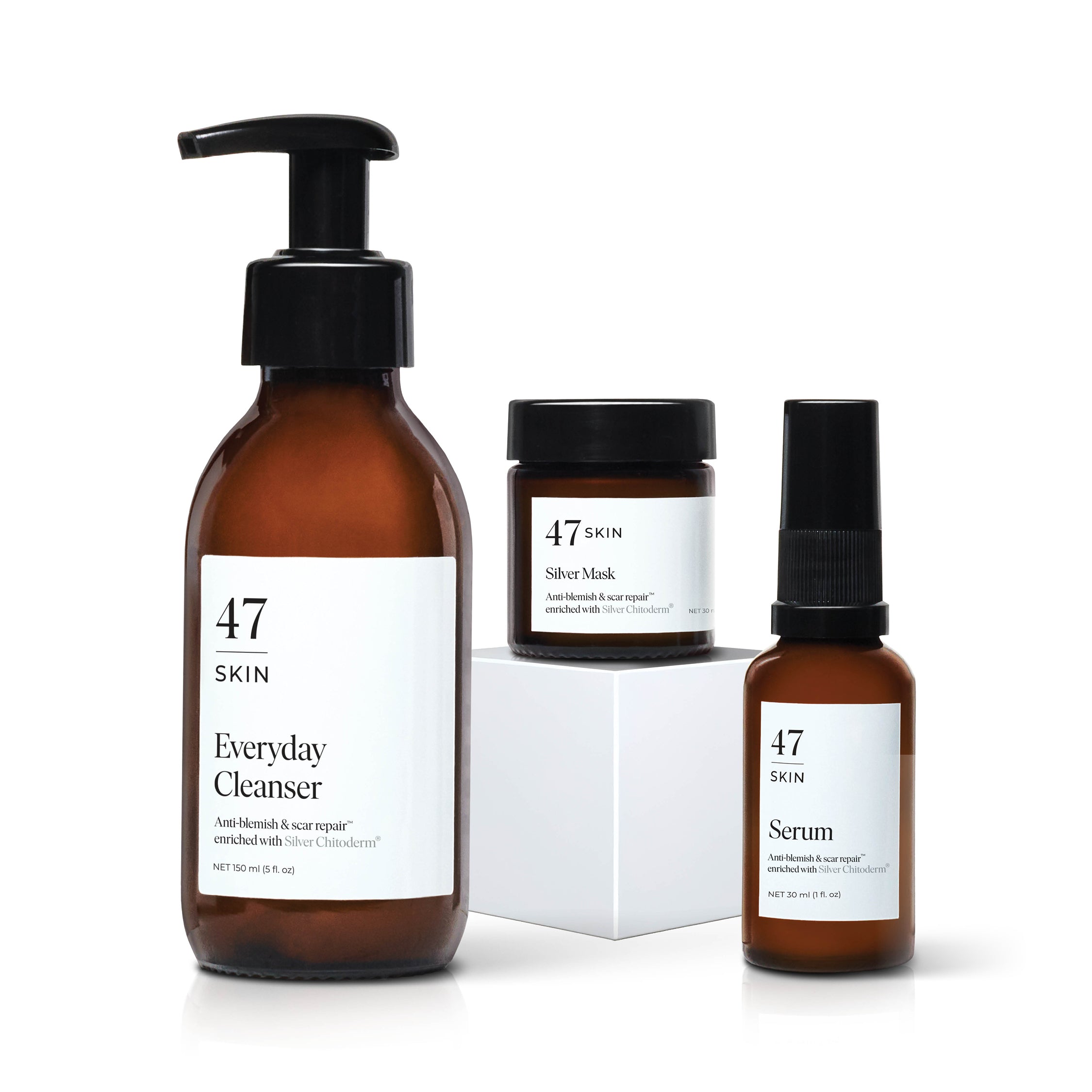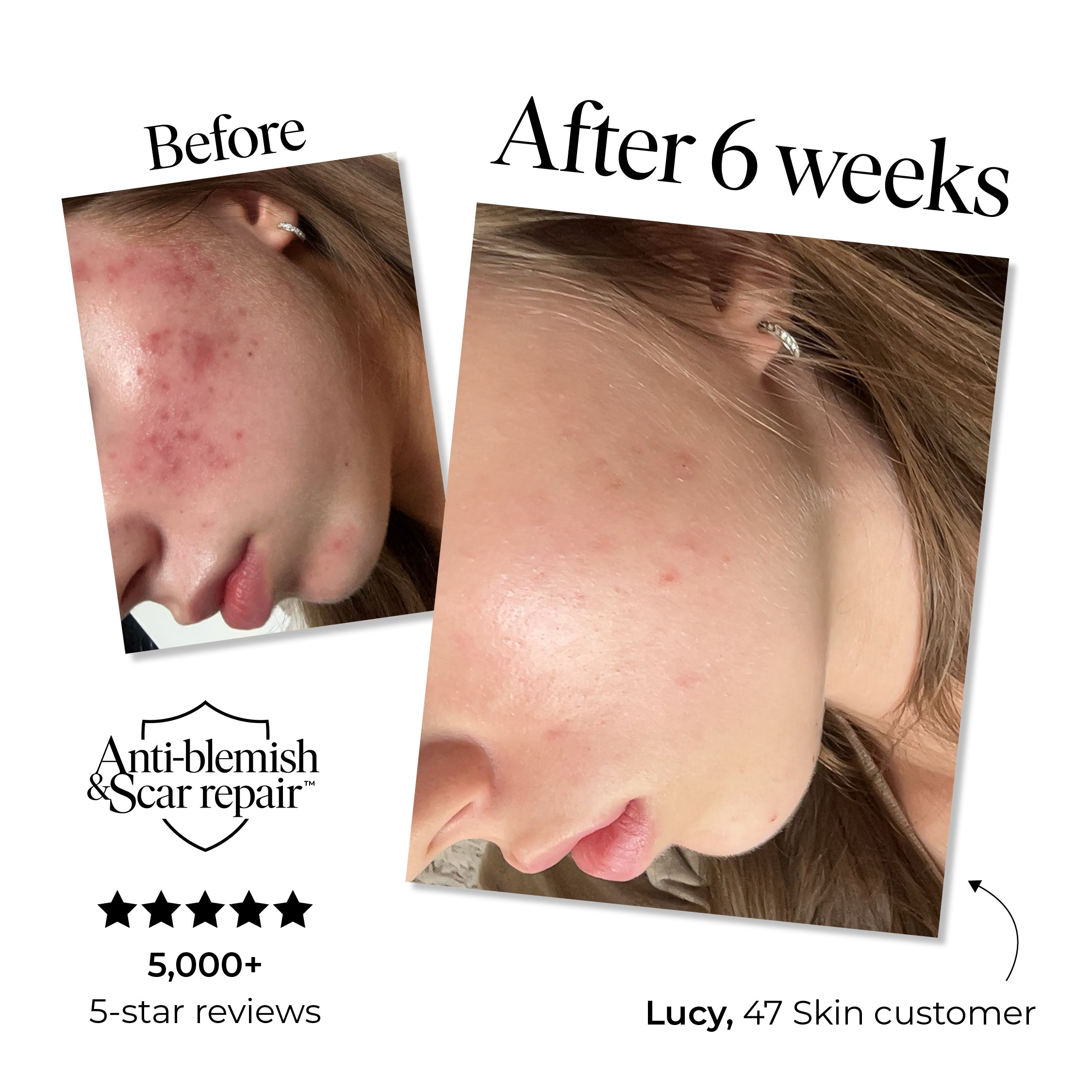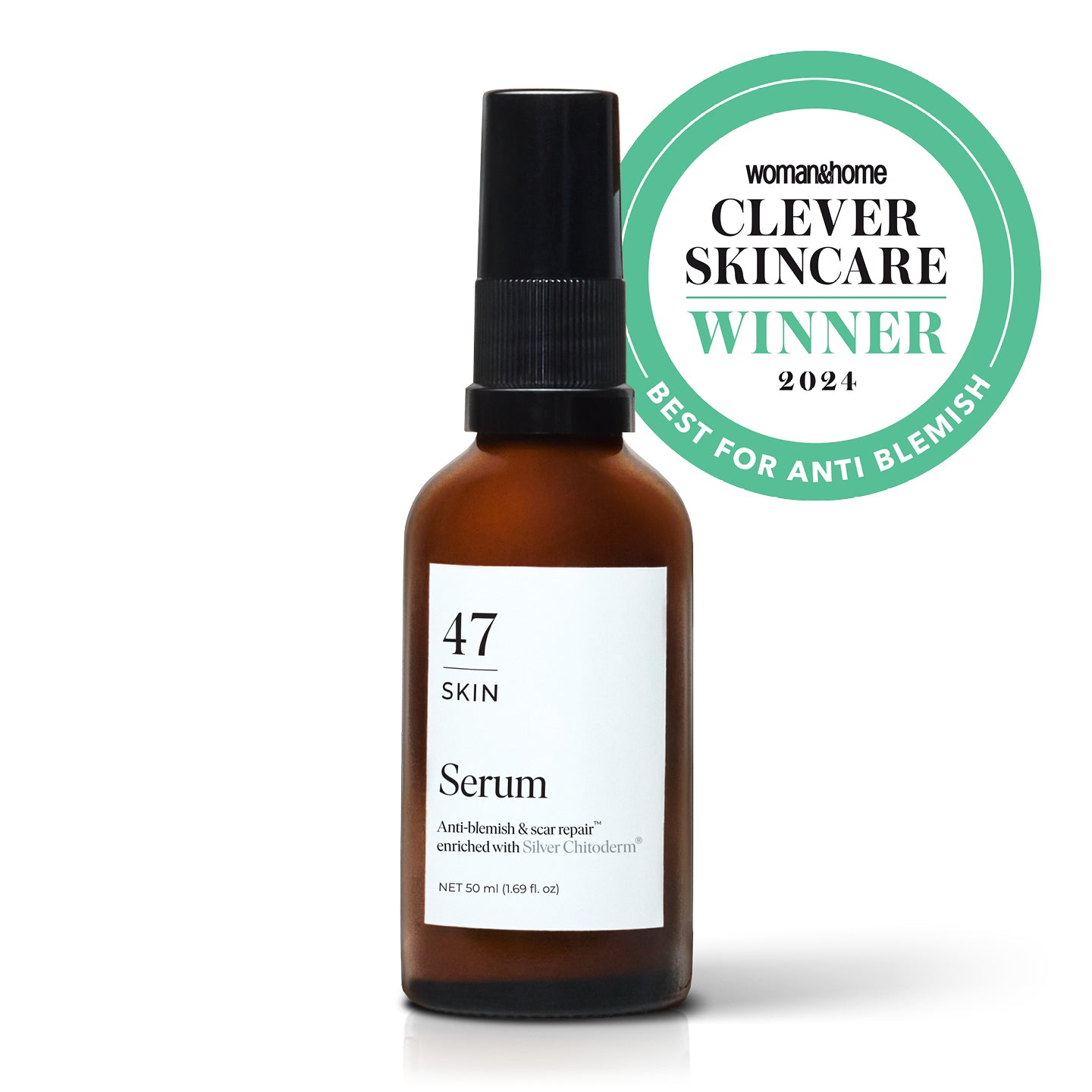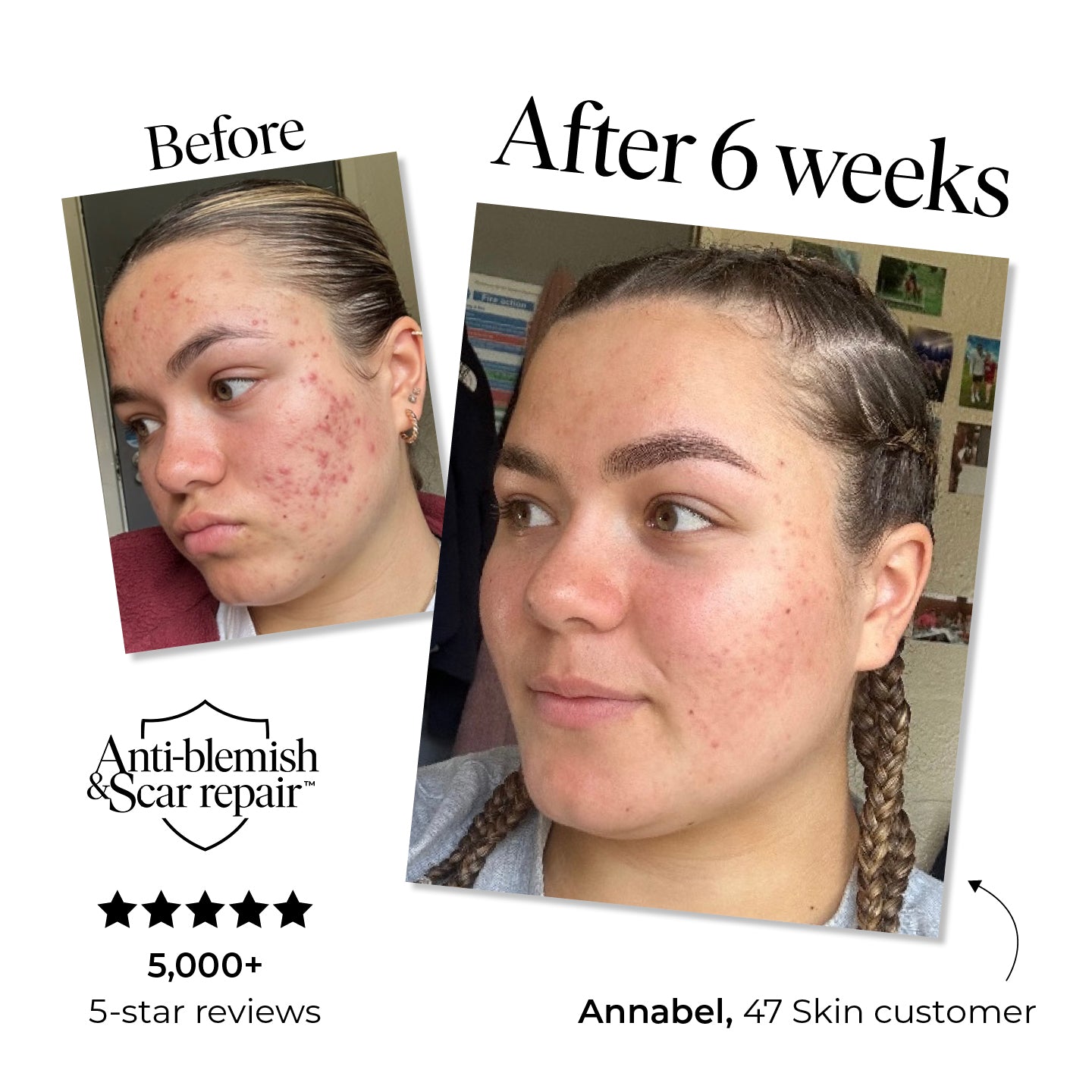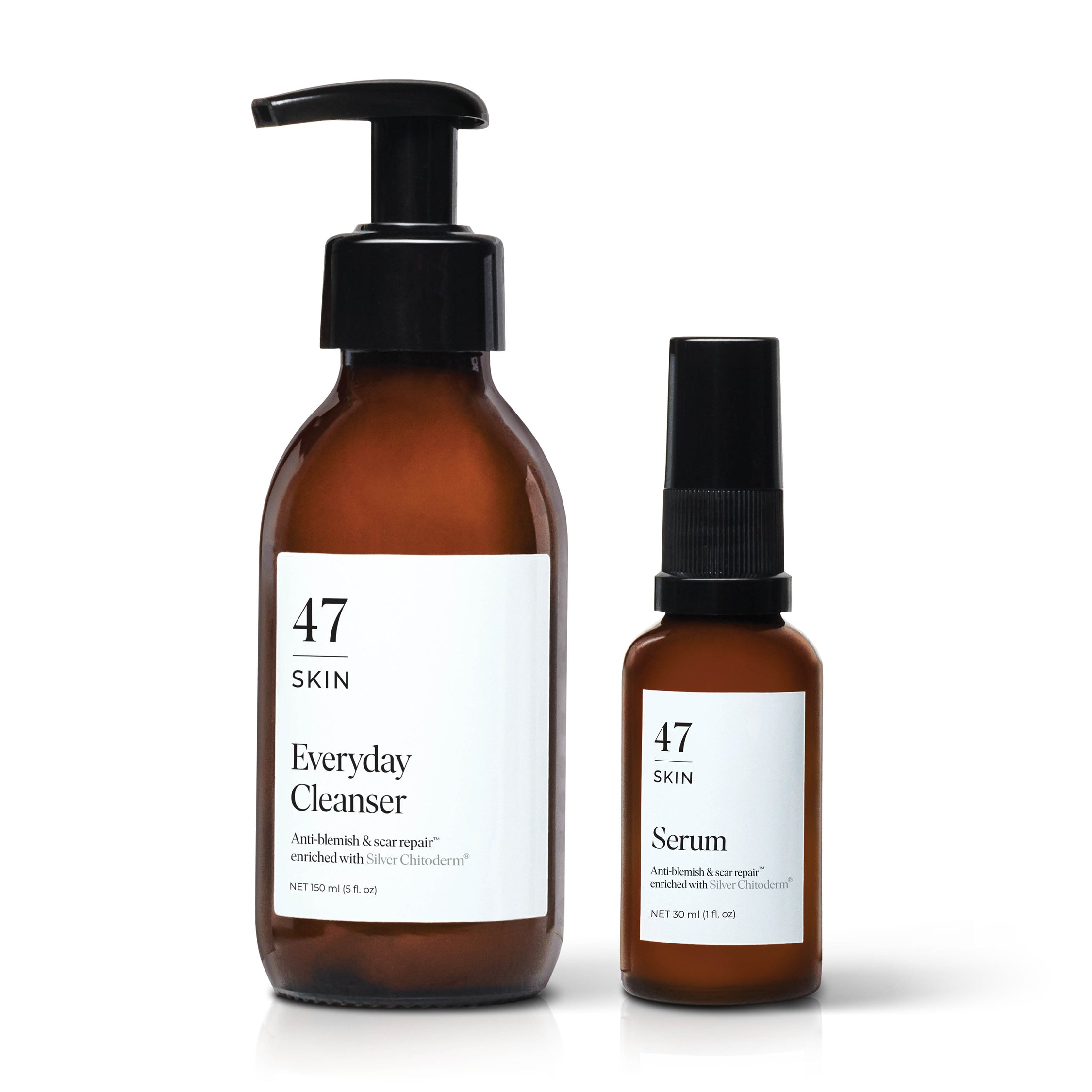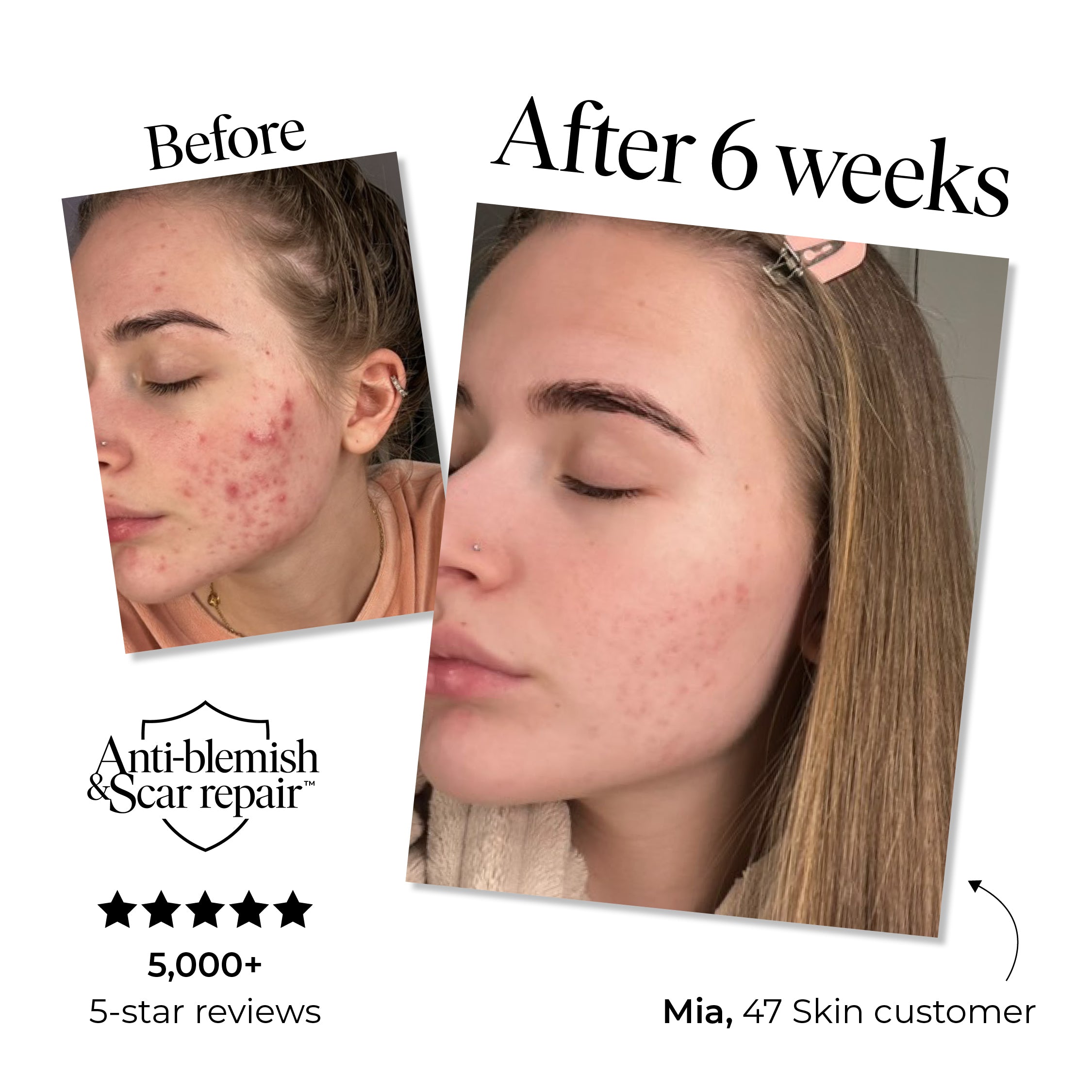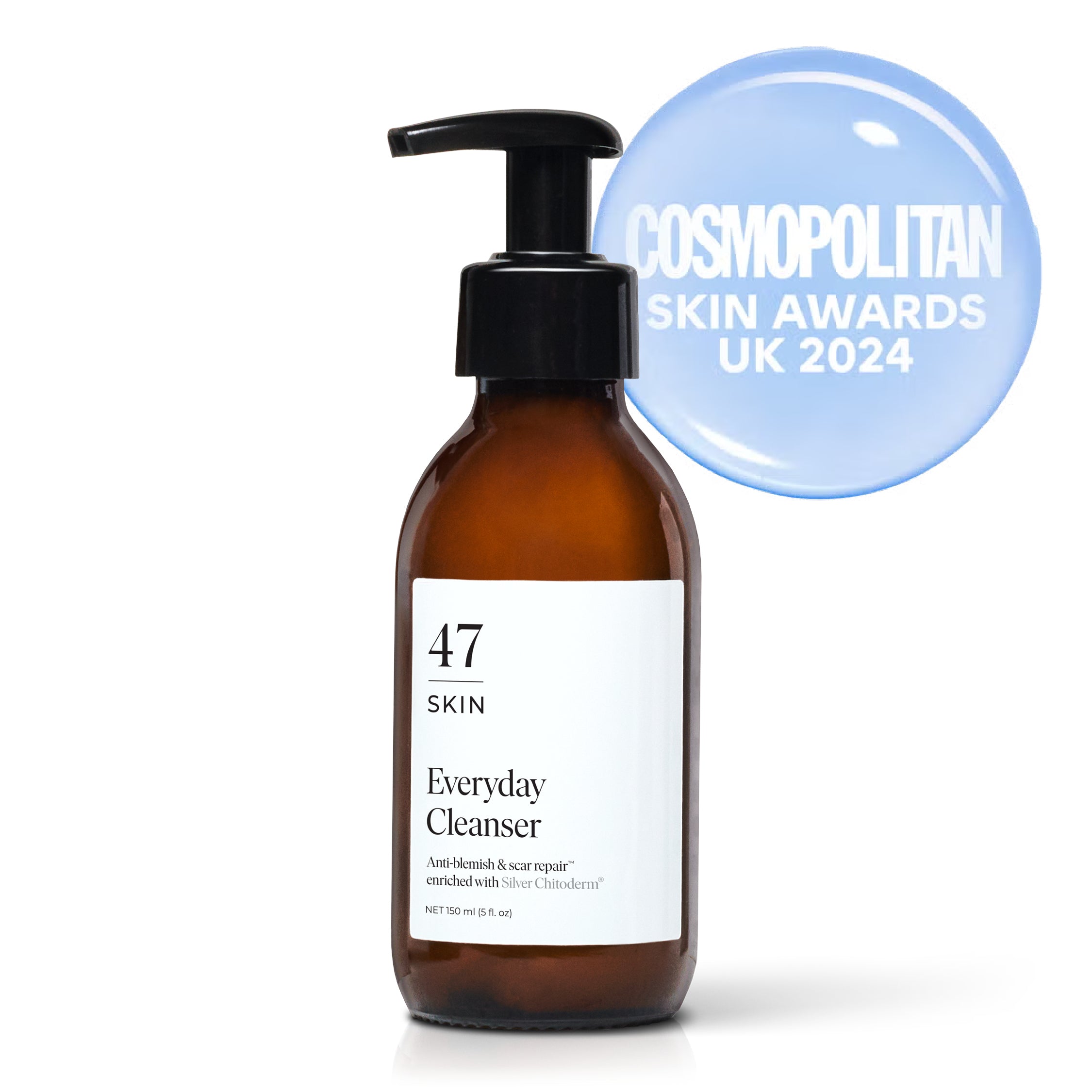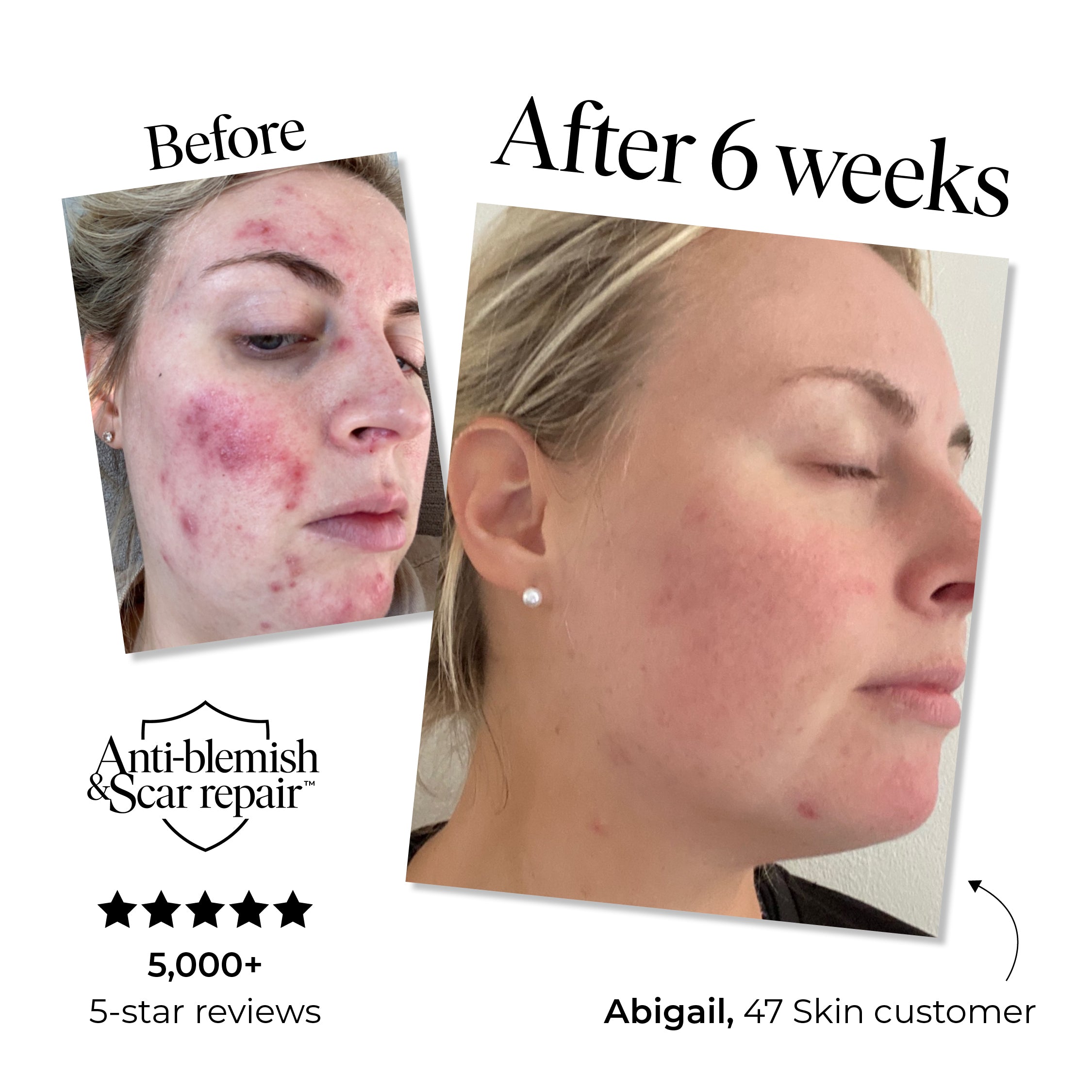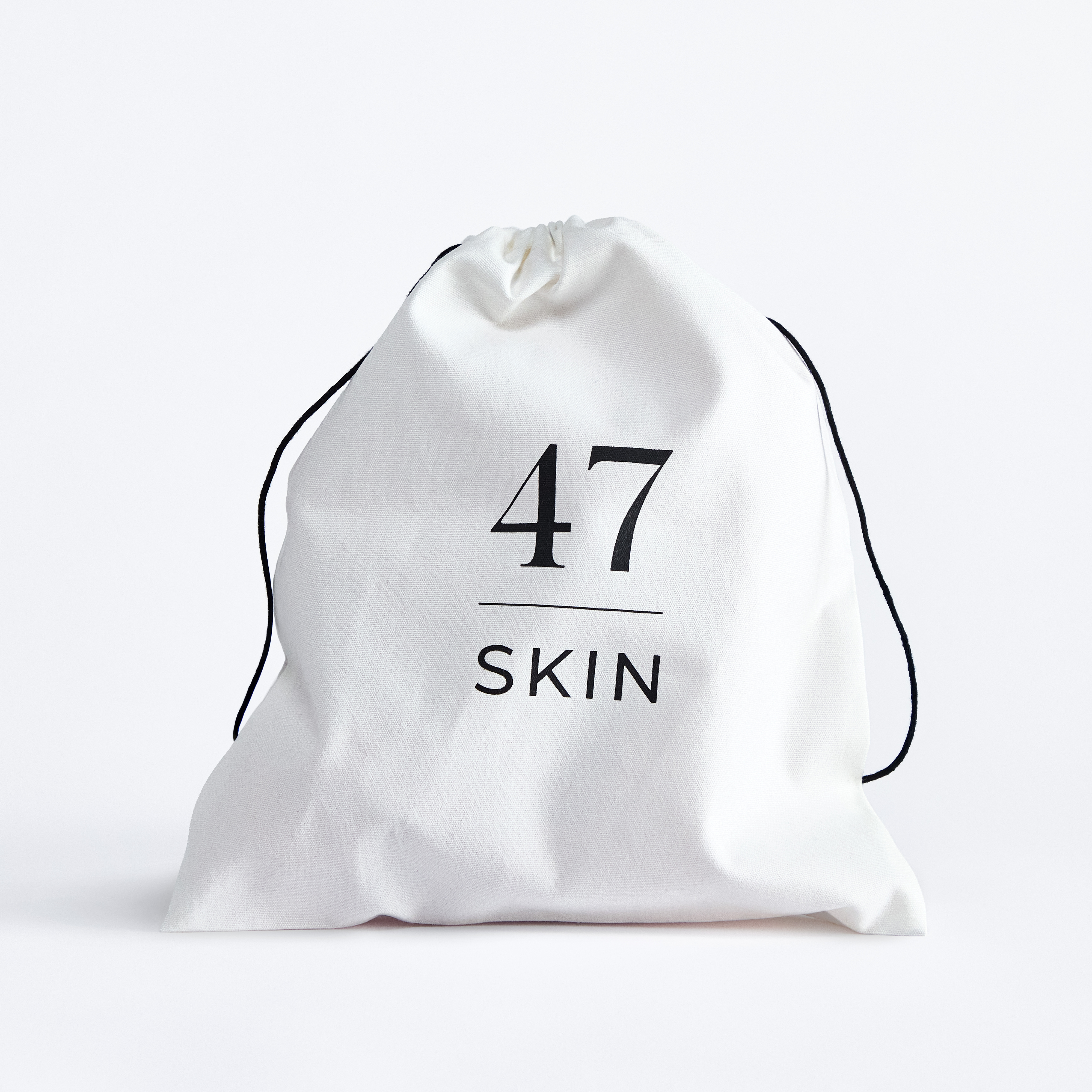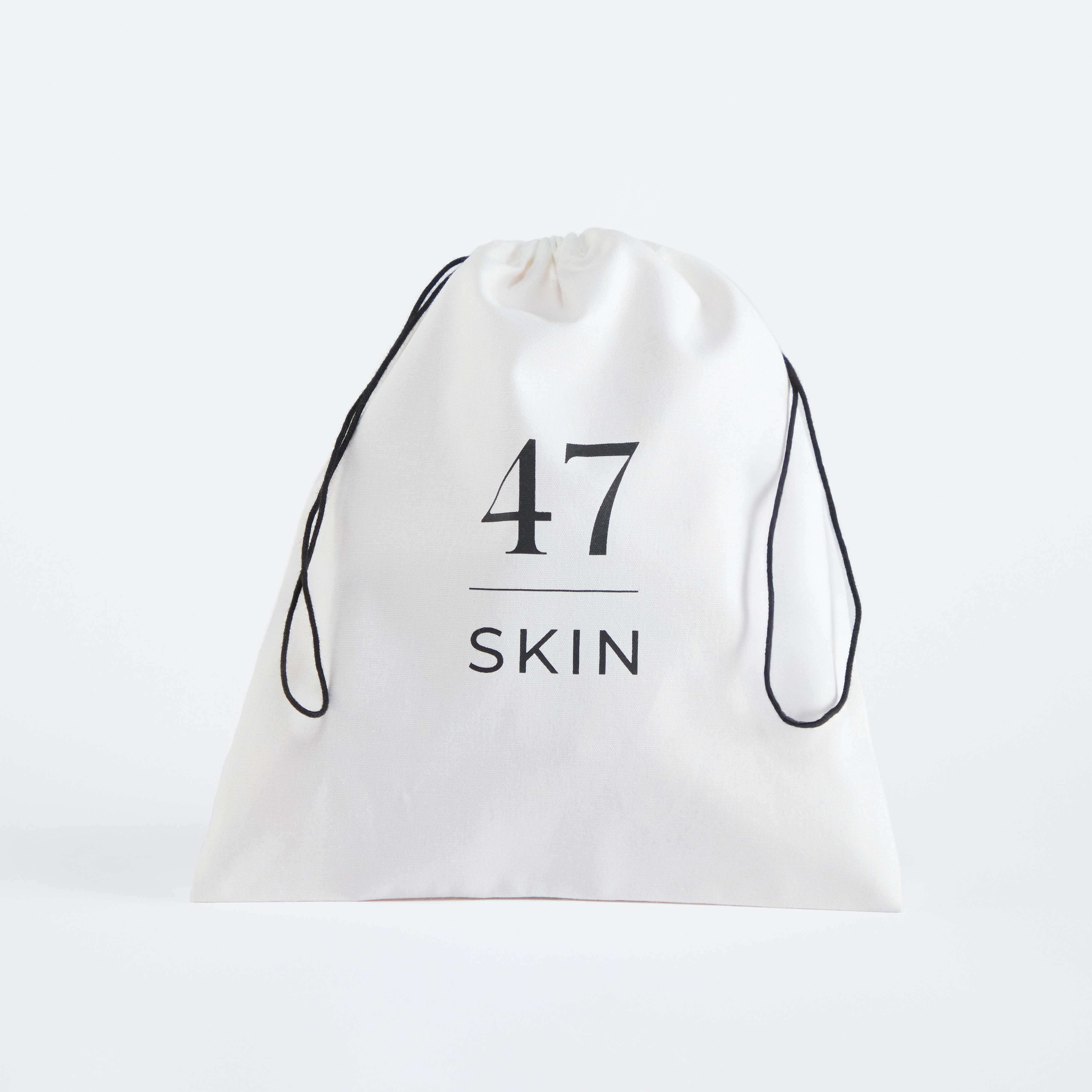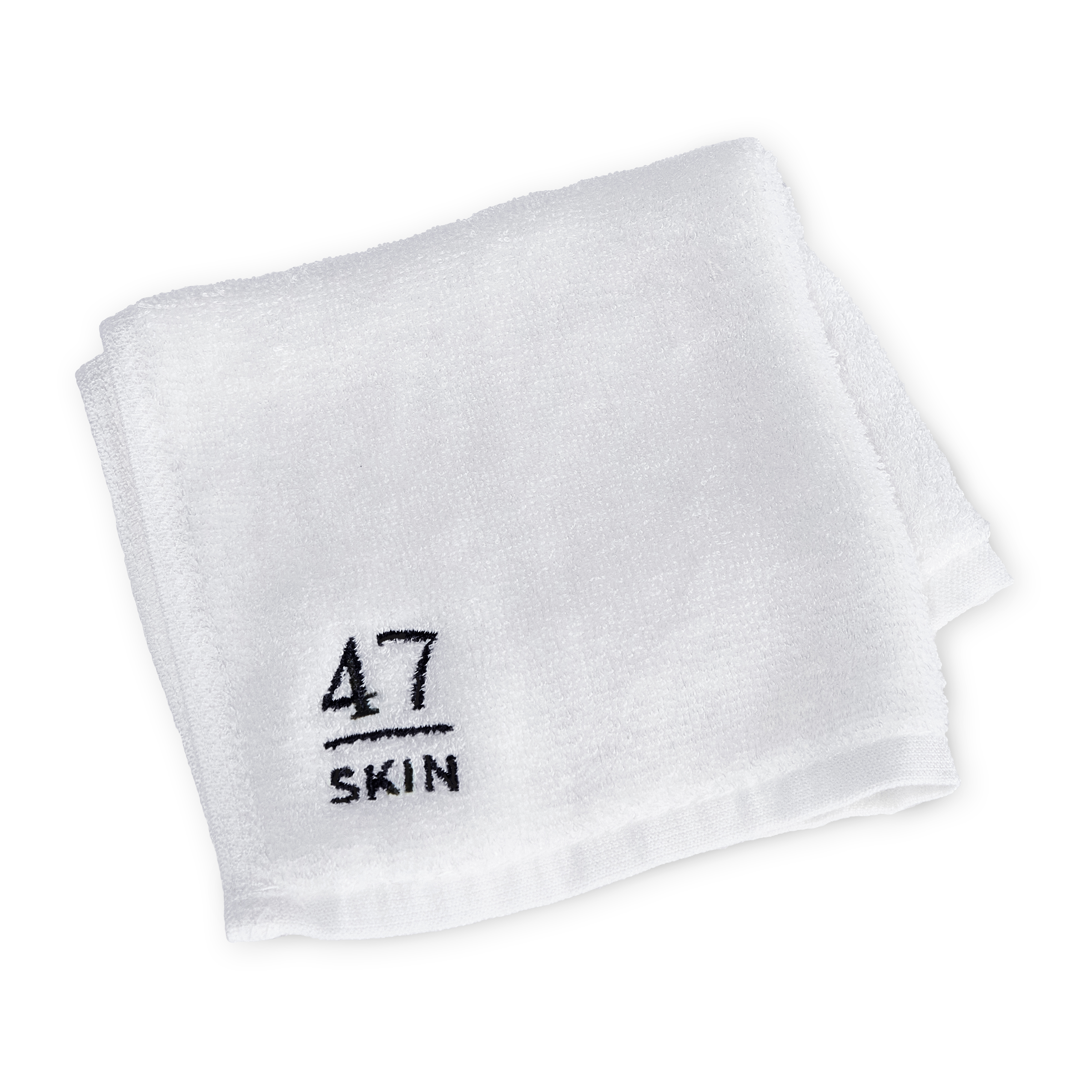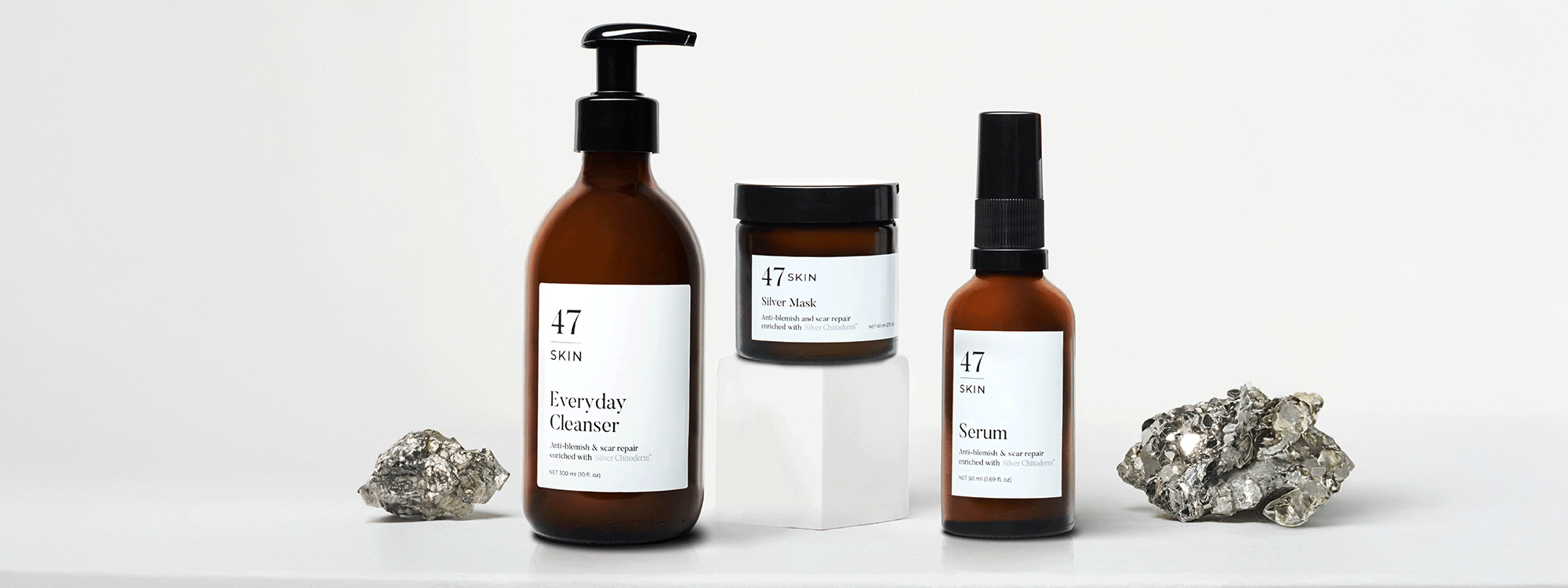
The Right Way to Apply an Exfoliating Treatment
Exfoliation is one of the most misunderstood—and misused—steps in skincare. Get it right, and your skin looks brighter, smoother, and clearer. Get it wrong, and you could end up with irritation, breakouts, or long-term damage to your skin barrier.
Here’s your no-nonsense guide to exfoliating properly—without the guesswork.
Why Exfoliating Matters
Your skin naturally sheds dead cells every 28–40 days, but that process slows down due to age, stress, hormones, or clogged pores. The result? Dullness, congestion, rough patches, and more breakouts.
That’s where exfoliation steps in—to help remove dead skin cells and give your skin a fresh start.
The Two Types of Exfoliation
Physical exfoliation involves a gritty texture to manually scrub away dead skin. Think: facial scrubs or cleansing brushes.
Chemical exfoliation uses acids like AHA, BHA, or PHA to dissolve the bonds between dead cells so they shed naturally. Think: exfoliating toners or masks.
Both can work, but only when used properly.
The Benefits of Proper Exfoliation
-
Smoother, brighter skin
-
Reduced appearance of pores and scars
-
Fewer breakouts and blackheads
-
Better absorption of serums like Silver Chitoderm®
-
Improved skin texture and tone
But exfoliating isn’t a "more is more" situation.
How to Exfoliate (Without Wrecking Your Skin)
Step 1: Choose the Right Exfoliant for Your Skin Type
-
Oily/blemish-prone: Beta Hydroxy Acids (BHAs) like salicylic acid
-
Dry/sensitive: Polyhydroxy Acids (PHAs) or lactic acid
-
Normal/combination: AHAs like glycolic or lactic acid
Avoid harsh scrubs if your skin is inflamed, broken out, or sensitive.
Step 2: Start With a Clean Face
Use a gentle cleanser and lukewarm water. Never exfoliate over makeup or unwashed skin—that’s just pushing grime deeper into your pores.
Step 3: Apply Gently and Evenly
For chemical exfoliants:
Use 2–3 pumps or a thin layer. Avoid your eye area and don’t double-layer. A light coat is enough.
For physical exfoliants:
Use very light pressure. Let the product do the work—not your elbow.
Step 4: Follow the Timing Instructions
Leave chemical exfoliants on for the recommended time. Don’t guess. Overdoing it won’t give faster results—it just increases irritation risk.
Step 5: Rinse (or Don’t)
Some chemical exfoliants are leave-on. Others need rinsing. Check the label.
With physical scrubs, rinse thoroughly with lukewarm water and pat dry.
Step 6: Rehydrate Your Skin
Apply a hydrating serum like one with Silver Chitoderm®, followed by a moisturiser to lock in hydration and soothe the skin.
Don’t forget SPF the next morning—exfoliation can make your skin more sun-sensitive.
How Often Should You Exfoliate?
More than once a day? Absolutely not.
-
Oily or blemish-prone skin: 2–3 times per week
-
Dry or sensitive skin: Once a week
-
Normal/combination skin: 1–2 times per week
Signs you're overdoing it? Tightness, redness, stinging, or more breakouts. That’s your skin asking for a break.
Mistakes to Avoid
-
Exfoliating every day: Fast track to a damaged skin barrier.
-
Mixing too many actives: Avoid combining exfoliants with retinol, benzoyl peroxide, or strong Vitamin C—unless a dermatologist tells you to.
-
Scrubbing hard: Especially if your skin is already irritated.
-
Skipping SPF: Freshly exfoliated skin is vulnerable. No sunscreen = more damage.
Final Thoughts
When done right, exfoliation is a game-changer. It clears away what’s dull and dead, so your healthiest, brightest skin can shine through.
Just remember: consistency beats intensity. Be gentle, follow instructions, and always pair it with barrier-loving ingredients like Silver Chitoderm®.
Because good skin isn't about scrubbing harder. It's about treating it smarter.
